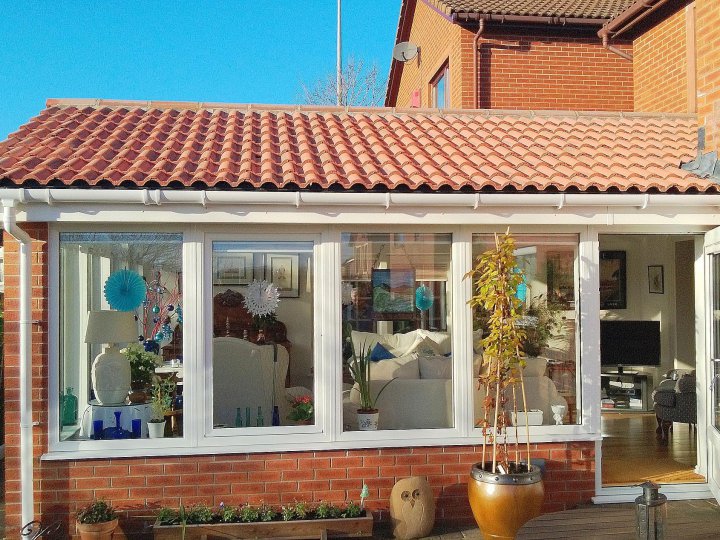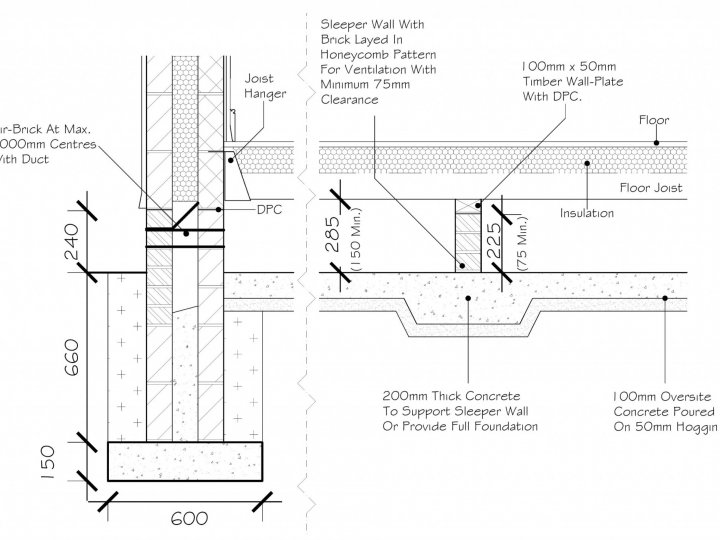
Permitted Development is a relatively new policy (which has already been changed several times) that allows homeowners to extend or redevelop their properties without needing Planning Permission. However, there are very strict and often confusing criteria defining what size, use and type of building works would and would not qualify as Permitted Development and it does not remove the necessity for other legally required approvals to be obtained, such as Building Regulations Approval or Party Wall Act Consent.

Permitted Development is a relatively new policy (which has already been changed several times) that allows homeowners to extend or redevelop their properties without needing Planning Permission. However, there are very strict and often confusing criteria defining what size, use and type of building works would and would not qualify as Permitted Development and it does not remove the necessity for other legally required approvals to be obtained, such as Building Regulations Approval or Party Wall Act consent.
Permitted Development rights are sub-divided into different classes:
• Class A – Extensions (enlargements, additions and alterations etc).
• Class B – Additions to roof spaces (loft conversions etc).
• Class C – Alterations to roof spaces (rooflights etc).
• Class D – Porches.
• Class E – Other Building Developments.
• Class F – Hard Surfaces (driveways and patios etc).
• Class G – Chimneys.
• Class H – Microwave Antennas (aerials and satellite dishes etc).
The multiple (often overlapping and potentially contradictory) criteria’s for deciding what is and is not Permitted Development can be very difficult to interpret.
Any proposals which do not fall completely within the complex Permitted Development criteria can still be completed but will need to obtain Planning Permission through the normal channels prior to any works commencing.

What Qualifies As Permitted Development?
To qualify as Permitted Development, any proposal must meet all the applicable limitations and relevant conditions detailed in all the classes above for any proposed works. It is essential that any potential application for Permitted Development has considered the guidelines as a whole and not just within any individual Class. For example, a proposed two-story rear extension with a new roof that includes a rooflight (e.g. Velux) would be covered by at least Classes A, B and C. However, a ‘Neighbourhood Consultation Scheme’ may be required and if any part of this development was within 7 metres from any site boundaries it would not be covered under Permitted Development.
To be more confident your project would comply with Permitted Development legislation, it is necessary to apply for a Lawful Development Certificate, however this takes about the same length of time as applying for Planning Permission and a fee to the relevant local authority planning department will apply. It must be noted that a Lawful Development Certificate and Planning Permission are not the same.
Many Local Authority Planning Departments websites show some simple area diagrams of what may be considered under Permitted Development rules which whilst correct, often do not provide a complete guide to all potentially applicable limitations. For example, the Permitted Development legislation may consider any works completed on a property since the 1st July 1948 regardless of current ownership.

Can Any House Apply For Permitted Development?
Whilst Permitted Development only applies to domestic houses, it should not be automatically assumed that all dwelling houses have Permitted Development rights. Local Planning Authorities can remove Permitted Development rights across some or all of its covered areas by issuing an ‘Article 4 Direction’ or as a condition to any Planning Permission approvals previously issued to any particular property. Where these rights have been removed, all proposed building works (regardless of type, location or scale) will require full Planning Permission.
Building new houses, subdividing existing properties, works on flats and maisonettes or works on commercial buildings are not covered under Permitted Development. Similarly, any works on listed buildings and / or properties within the curtilage of World Heritage Sites, Conservation Areas, Sites Of Special Scientific Interest (SSSI) or National Parks are not typically covered under Permitted Development.
If having read through this blog post you are unclear as whether your project would be allowed under Permitted Development, I completely understand your frustration, but the complexity of the Permitted Development guidelines really cannot be understated, as the saying goes, the devil really is in the details. The best advice is to seek professional guidance prior to beginning any works. Even the introduction to the official technical guidance notes for Permitted Development states that "where there is any doubt as to whether a development would be considered as Permitted Development, advice should be sought".
IGB Architectural Design have advised many clients both to use and to avoid using the Permitted Development route, depending on the size and scale of their home extension. For a no obligation discussion of your project, please get in touch using the form below.
